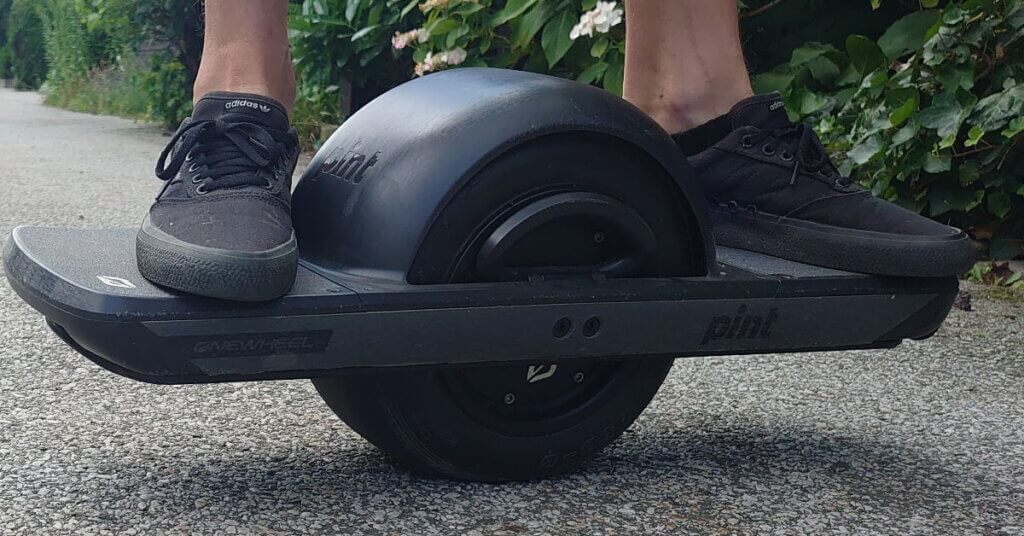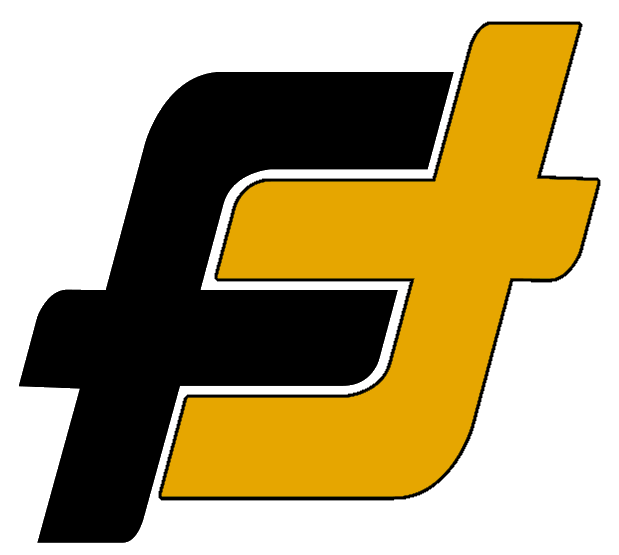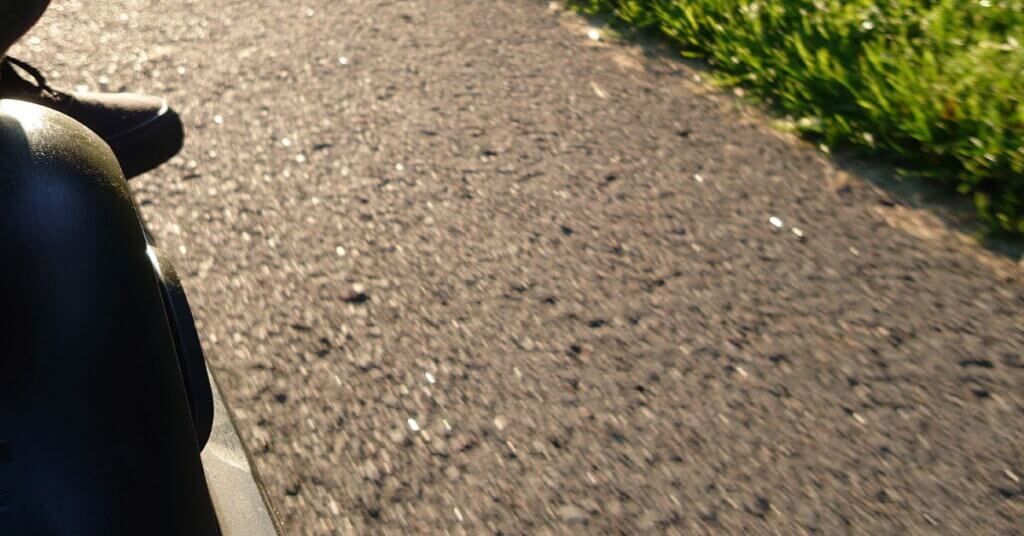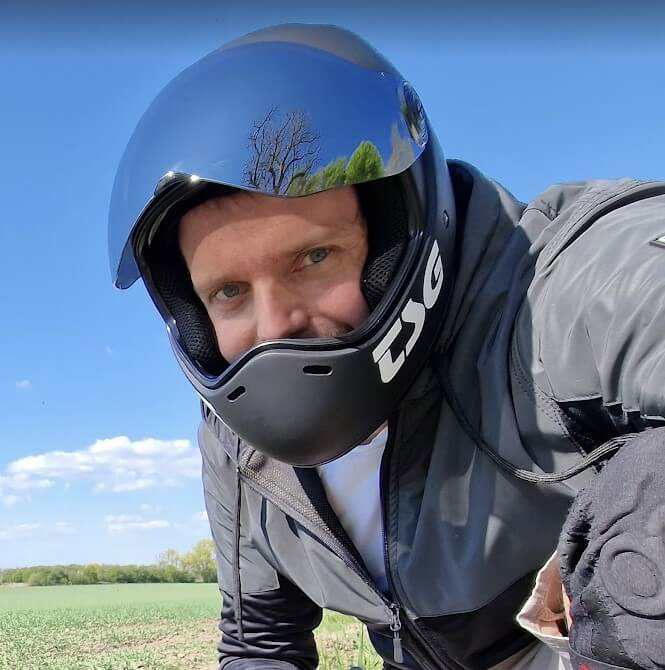The Onewheel power surge is the phenomenon when the board feels like it’s pulsing, surging when riding. It’s a feature designed to keep the balance of the board when it suddenly needs more power and is close to being pushed to its limits.
It’s recommended that, if you ever feel the power surge, like a pulsing, surging, slipping feeling, then slow down and take it easy. This is what riders are referring to when they say ”I’m listening to my board when riding beyond Pushback”
Note: I never recommend anyone to ride past Pushback. Do it at your own risk of a nosedive.
What’s The Difference Between a Pushback And a Power Surge?
There is a difference between pushback and power surge, both features are designed to keep the rider from nosediving. Pushback is a warning when you are gradually pushing the limit of speed and the available power of the board. The power surge is on another hand the last push before a nosedive and warning when the board suddenly needs to draw a lot of power to keep balance.
The pushback often happens on more flat ground and the power surges on aggressive acceleration with an incorrect stance or when going uphill or hitting a bump.
When Does The Onewheel Power Surge Happen?
The surge happens when the rider is pushing the motor at its limits. It could come from hitting an obstacle, riding aggressively pushing the board forward when going up a steep hill, or leaning forward-moving the center of gravity.
By increasing the power, and pulsing, the board is trying to correct the mistake and keeping the body mass and center of gravity above the wheel. The pulses come from the board giving you an extra boost of power for the action.
How To Prevent Surges/Pulses From Happening
As power surges and pulsing from the motor is happening when the motor is stressed to its limit the easy way is to take it easy and slow down. Make sure that your riding stance is correct, having the center of gravity of your body above the wheel when riding.
When controlling the board don’t lean forward, this will push your weight in front and the motor will need to compensate to keep the board balanced and not nosedive.
Another factor could be that you are riding with too low tire pressure. Lower pressure will increase the friction to the ground and the power needed to move the board. Check your pressure and make sure that you have the correct depending on your weight. For ease of use check out the Tire Pressure Calculator, it works in both metric and imperial units.

Safety Measures
While riding an Onewheel device, safety should always be your top priority. Here are some safety measures you can take to ensure a safe and enjoyable ride:
- Protective Gear: Always wear appropriate protective gear when riding. This includes a helmet, knee pads, elbow pads, and wrist guards. These can significantly reduce the risk of injury in case of a fall.
- Riding Posture: Maintain a proper riding posture with your knees slightly bent and your weight centered over the wheel. This can help you maintain balance and control over the board.
- Speed Management: Avoid riding at high speeds, especially if you’re a beginner. High speeds can increase the risk of nosedives and make it harder for you to react to obstacles.
- Avoid Pushback: As mentioned earlier, riding past Pushback can lead to power surges and potential nosedives. Always heed the board’s warning and slow down when you feel the Pushback.
- Emergency Procedures: In case of a power surge or nosedive, try to safely dismount the board or roll to minimize injury. Practice emergency dismounts in a safe and controlled environment.
- Regular Maintenance: Regularly check your Onewheel for any signs of damage or wear. Ensure the tire is properly inflated and the footpads are clean and free of debris.
Conclusion
You should listen to your board, if a power surge is happening then take it easy, check your stance, and ride along. The Onewheel power surge is the last effort of the board to keep you balanced when excessive power is needed. By increasing the power it’s trying to compensate for whatever was the reason for the added stress, and obstacle or the riding aggressively pushing the board to its limits.
If multiple power surges are happening it’s a good idea to check your tire pressure and maybe increase it to reduce the friction to the ground.


